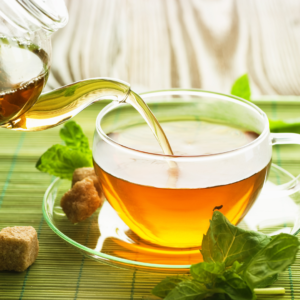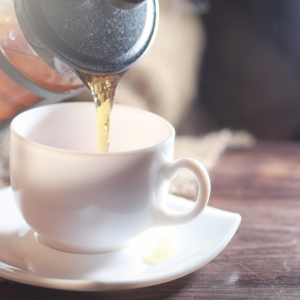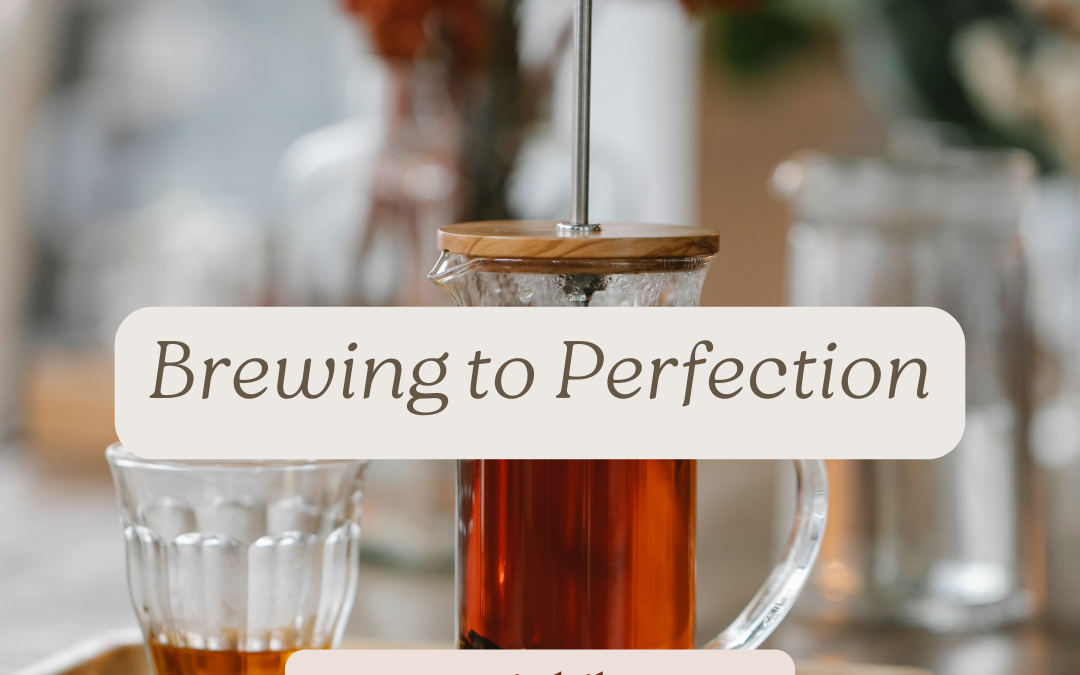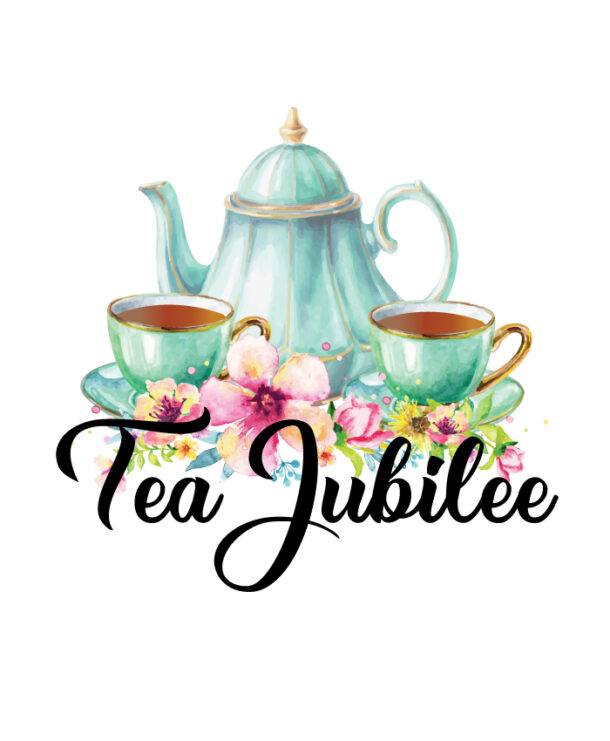==================
A Caveat and Affiliates
First off, a little caveat: within my articles you will find affiliate links, meaning if you buy them, I get a small commission. Your cost is not affected. In addition, I am an Amazon Associate and I earn from qualifying purchases on Amazon.
And yes, if I say that I recommend a product here, it means I truly believe it is a good product. I refuse to recommend any product that I have not researched and believe to be a good value.
Even better, I provide you with a very clear picture of the product, it’s use, and the probable value.
Earning your trust is important to me. I run this website myself and the commissions and donations help support the site.
Sound reasonable and fair enough? Let’s continue to the article.
==================
Contents
Brewing to Perfection: How the Right Water Temperature Elevates Your Tea Experience
Are you looking for a post explaining how to make tea like a pro? Check out our article here to learn about Brewing to Perfection and what this means for you.
Introduction to tea brewing
 Tea brewing is an art as much as it is a science. Transforming dried leaves into a comforting, aromatic beverage has been practiced and perfected for thousands of years across different cultures and continents. The tea brewing process involves several factors, such as the quality of tea leaves, the steeping duration, and the water temperature.
Tea brewing is an art as much as it is a science. Transforming dried leaves into a comforting, aromatic beverage has been practiced and perfected for thousands of years across different cultures and continents. The tea brewing process involves several factors, such as the quality of tea leaves, the steeping duration, and the water temperature.
The tea brewing process is akin to a symphony, where each note must be perfectly pitched to deliver a harmonious result. Just as a symphony requires a skilled conductor, so does the brewing process need a dedicated brewer.
The brewer’s role is to ensure that every element in the process is optimized, from the choice of tea leaves to the temperature of the water.
Understanding the nuances of tea brewing can unlock an entirely new dimension of flavor and aroma. It can transform an ordinary tea-drinking experience into a sensory journey, where each sip unveils a unique layer of taste and fragrance. One crucial aspect of this journey is the water temperature.
Importance of water temperature in tea brewing
 The water temperature used in brewing tea significantly determines the resulting tea’s flavor, aroma, and quality. It’s not merely about boiling water and steeping the tea leaves; it’s about understanding the right temperature for each type of tea.
The water temperature used in brewing tea significantly determines the resulting tea’s flavor, aroma, and quality. It’s not merely about boiling water and steeping the tea leaves; it’s about understanding the right temperature for each type of tea.
The importance of water temperature in tea brewing cannot be overstated. Too hot, and the water can over-extract the tea leaves, leading to a bitter or astringent taste.
Too cold, and the water might under-extract the leaves, resulting in a weak, flavorless brew. Thus, achieving the perfect balance is essential for a flavorful cup of tea.
The water temperature can also affect the release of antioxidants in the tea. Different types of tea contain different antioxidants, requiring specific temperatures to be effectively released. Therefore, using the proper water temperature enhances the flavor and maximizes the tea’s health benefits.
The science behind water temperature and tea
 The science behind water temperature and tea brewing is fascinating. It revolves around the concept of extraction. When tea leaves come into contact with hot water, the water begins to extract the flavors, aromatic compounds, and nutrients from the leaves.
The science behind water temperature and tea brewing is fascinating. It revolves around the concept of extraction. When tea leaves come into contact with hot water, the water begins to extract the flavors, aromatic compounds, and nutrients from the leaves.
Different compounds in the tea leaves require different temperatures for optimal extraction. The lower temperature ranges are ideal for extracting the sweet and aromatic compounds, while the higher temperatures help extract the bitter and astringent compounds.
This is why using boiling water for delicate teas can result in an overly bitter brew while using lukewarm water for robust teas can lead to a lackluster tea experience.
Moreover, different types of tea leaves have different cell structures. Some teas, like green and white teas, have more delicate cell structures that too-high temperatures can damage.
Other teas, like black and oolong teas, have sturdier cell structures that can withstand higher temperatures. This is why each type of tea requires a specific water temperature to brew correctly.
Ideal water temperatures for different types of tea
 Knowing the ideal water temperatures for different types of tea is essential for brewing a perfect cup. Here is a general guide:
Knowing the ideal water temperatures for different types of tea is essential for brewing a perfect cup. Here is a general guide:
- White tea: This delicate tea requires a lower temperature, generally between 160°F and 170°F, to preserve its subtle flavors and aromas.
- Green tea: Slightly more robust than white tea, green tea is best brewed at temperatures between 170°F and 180°F.
- Oolong tea: This semi-fermented tea requires a higher temperature, generally around 190°F to 200°F, to fully extract its complex flavors.
- Black tea: This fully fermented tea can withstand the highest temperatures, typically between 200°F and 212°F (boiling point), to produce robust and rich flavors.
Remember that these are general guidelines, and specific teas within each category may require slight adjustments in the brewing temperature.
The impact of water temperature on tea flavor
 Water temperature has a direct impact on the flavor of the tea. As mentioned, different compounds in the tea leaves require different temperatures for extraction. The sweet and aromatic compounds are extracted at lower temperatures, while the bitter and astringent compounds are extracted at higher temperatures.
Water temperature has a direct impact on the flavor of the tea. As mentioned, different compounds in the tea leaves require different temperatures for extraction. The sweet and aromatic compounds are extracted at lower temperatures, while the bitter and astringent compounds are extracted at higher temperatures.
Therefore, if the water temperature is too high, it can over-extract the bitter compounds, resulting in a harsh and astringent brew. On the other hand, if the water temperature is too low, it may not fully extract the flavors, leading to a weak and underwhelming brew.
Moreover, the water temperature can affect the release of the tea’s aroma. Aroma plays a significant role in our perception of flavor, and using the proper water temperature can help release the tea’s aromatic compounds, enhancing the tea experience.
Techniques for achieving the perfect water temperature
 Achieving the perfect water temperature for brewing tea requires knowledge, skill, and practice. Here are some techniques that can help:
Achieving the perfect water temperature for brewing tea requires knowledge, skill, and practice. Here are some techniques that can help:
- A thermometer is the most accurate way to measure the water temperature. Heat the water to the desired temperature and add the tea leaves.
- Watch for the bubbles: If you don’t have a thermometer, you can estimate the water temperature by watching the bubbles. Tiny bubbles indicate a lower temperature, while more significant rolling bubbles indicate a higher temperature.
- Let the water cool: If it has reached a boil, let it cool for a few minutes before adding the tea leaves. The exact cooling time would depend on the type of tea you’re brewing.
Effects of using the wrong water temperature in tea brewing
Using the wrong water temperature in tea brewing can have several effects. Firstly, it can lead to a poor extraction of the tea leaves, affecting the taste, aroma, and overall quality. A too-hot temperature can produce a bitter, astringent brew, while a too-cold temperature can lead to a weak, flavorless brew.
Secondly, it can affect the release of antioxidants in the tea. Different antioxidants require specific temperatures for extraction, and using the wrong temperature can reduce the health benefits of the tea.
Moreover, using the wrong water temperature can also affect the lifespan of the tea leaves. High temperatures can cause the leaves to over-extract and become spent more quickly, while low temperatures can prevent the leaves from fully extracting, reducing their potential use in multiple infusions.
Tools for controlling water temperature in tea brewing
 There are several tools available that can help control the water temperature in tea brewing. One such tool is a variable temperature kettle. This type of kettle allows you to set the desired temperature, ensuring the water is heated to the perfect temperature for your tea.
There are several tools available that can help control the water temperature in tea brewing. One such tool is a variable temperature kettle. This type of kettle allows you to set the desired temperature, ensuring the water is heated to the perfect temperature for your tea.
Another helpful tool is a thermometer. A simple kitchen thermometer can help you accurately measure the water temperature, mainly using a traditional stovetop kettle.
A tea thermos flask can be used for those who prefer a more traditional approach. The flask can maintain the water temperature for several hours, allowing multiple infusions of the same tea leaves.
How water temperature elevates your tea experience
The right water temperature can genuinely elevate your tea experience. It can unlock the full flavor potential of the tea leaves, resulting in a rich, aromatic, and satisfying brew. It can transform a simple cup of tea into a sensory journey, where each sip reveals a new layer of flavor and aroma.
Moreover, using the proper water temperature can also enhance the health benefits of the tea. It can optimize the release of antioxidants, providing the full range of health benefits tea offers.
Understanding and controlling the water temperature is a vital part of the art and science of tea brewing. It’s a skill that can take your tea experience to a whole new level, making every cup a testament to your mastery of the tea brewing process.
Conclusion: Brewing to perfection
Brewing to perfection is about understanding and controlling all the factors involved in the tea brewing process. One of these factors is the water temperature, which significantly determines the tea’s flavor, aroma, and quality.
By understanding the science behind water temperature and tea, knowing the ideal temperatures for different types of tea, and using the proper techniques and tools, you can achieve the perfect water temperature for your tea. Doing so can elevate your tea experience, turning each cup into a sensory journey of flavor and aroma.
So the next time you brew a cup of tea, remember: it’s not just about boiling water and steeping the tea leaves. It’s about understanding and controlling the water temperature, about brewing to perfection. Because, in the end, a perfect cup of tea is not just a beverage. It’s an experience, a journey, a moment of perfection in a world of chaos.
More From Tea Jubilee
Types of herbal teas and their benefits
That’s all for today. We would love to thank you for taking the time to read and learn about Brewing to Perfection. We would love to hear feedback from you. Comment below what you think about this post and our site overall.
Have a great day!




